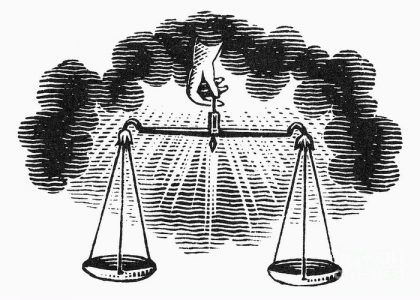Last week The New York Times correspondent John Broder took a Tesla Motors Model S electric car for a road trip from Washington, D.C. to Connecticut. Unlike the Nissan Leaf, the Model S is a high-performance luxury electric car, so one might expect Broder’s trip to be memorable. Well, it was … but apparently for all the wrong reasons. Along the way Broder encountered a number of mechanical problems, resulting in the car needing to be towed. Not surprisingly, the report NYT published reflected his experience.
What ensued was a nasty tit for tat between NYT and Tesla, which the Poynter Institute documented in this timeline.
In the back and forth between Tesla founder Elon Musk and NYT, in which both doubled down on their stories, what seemed to suffer was the truth and the informational value of testing the Model S in the first place. If electric vehicles are indeed part of our future, shouldn’t we know the truth about electric vehicles, what we can expect from them, and what is their current state of development? Perhaps the NYT was intending for all this to come out, with the hope that the back and forth between their reporter and Musk would ferret out the truth. But in the end, the spat itself seemed to become the story, not how well or how poorly the Tesla S performed during a road trip. Amid charges that Broder violated journalistic ethics, it seems that what was really unethical in this case is that the fight became the story; and that the NYT let it become the story.
Unfortunately, after all the flap it seems that all the public is left with is a publicly conducted argument whose informational value––perhaps like that of all arguments––is questionable at best. So what exactly did the public actually learn about electric cars? In the end, probably nothing of any real value. Instead, all they learned is that there is no love lost between the NYT and Elon Musk. Is that “All the News That’s Fit to Print?”
Update: On February 18, 2013, public editor Margaret Sullivan published a very balanced assessment of the “Tesla Test.” Unfortunately, Sullivan neglected to criticize the paper for allowing the feud between Broder and Musk to become the story.
Sources: The New York Times, poynter.org

